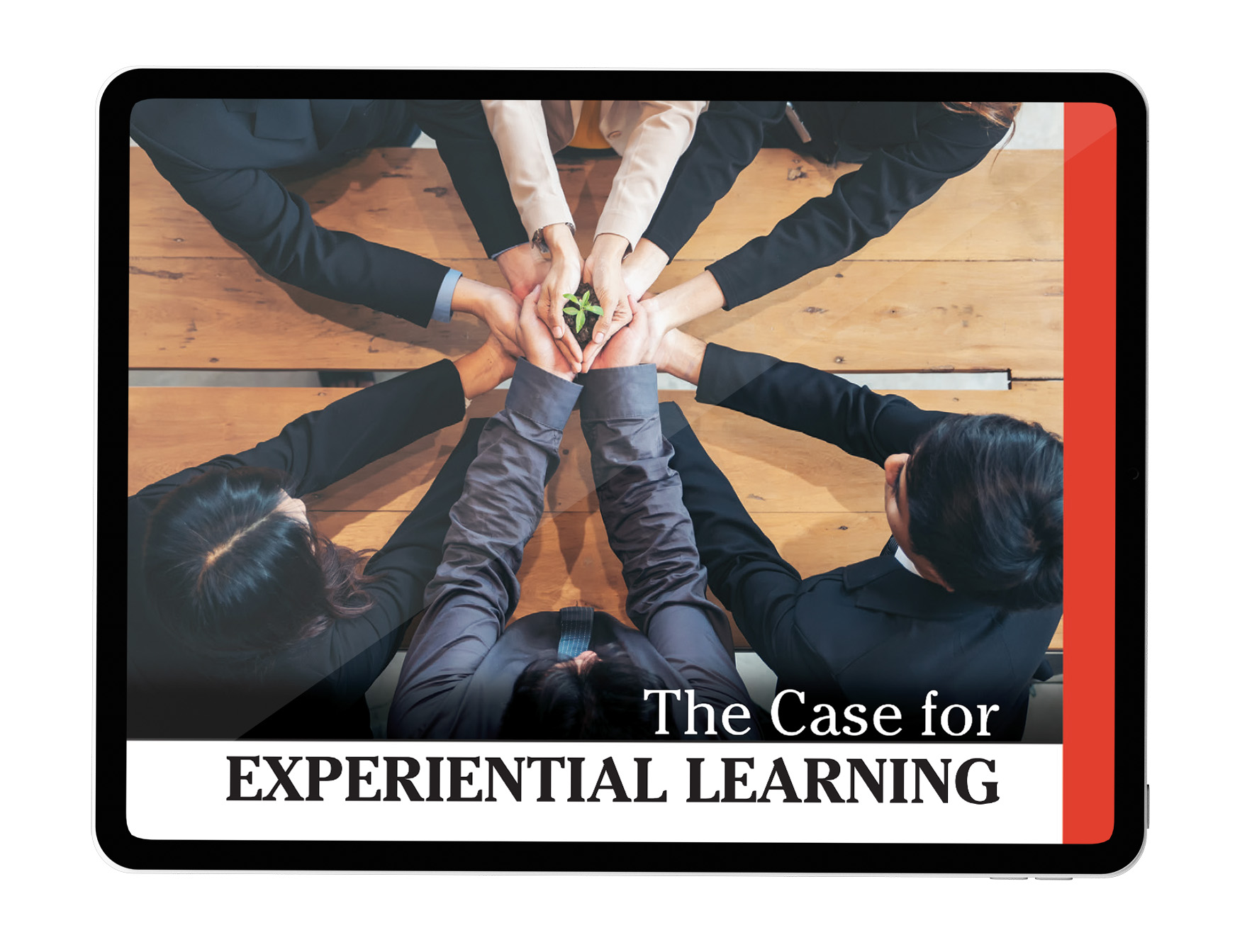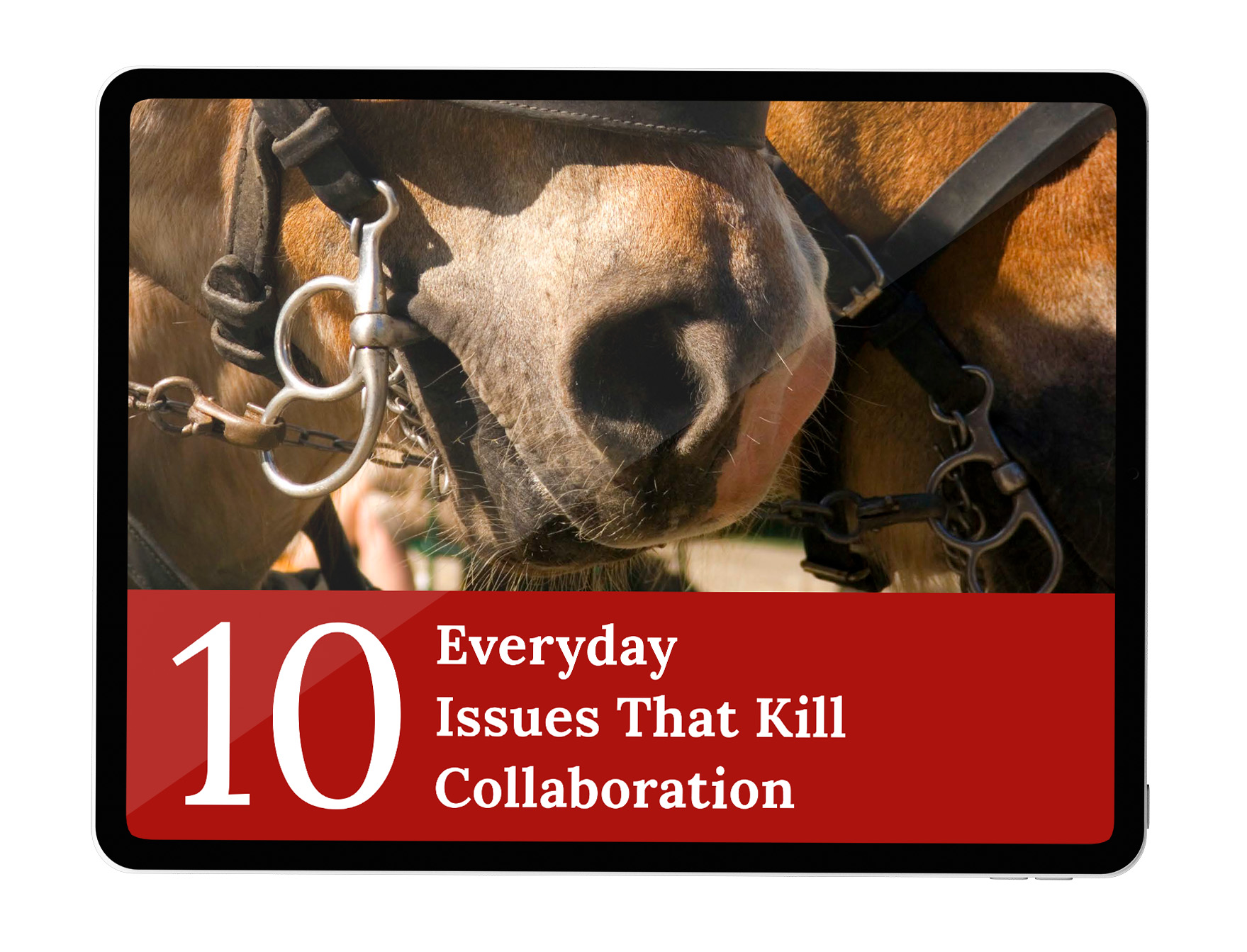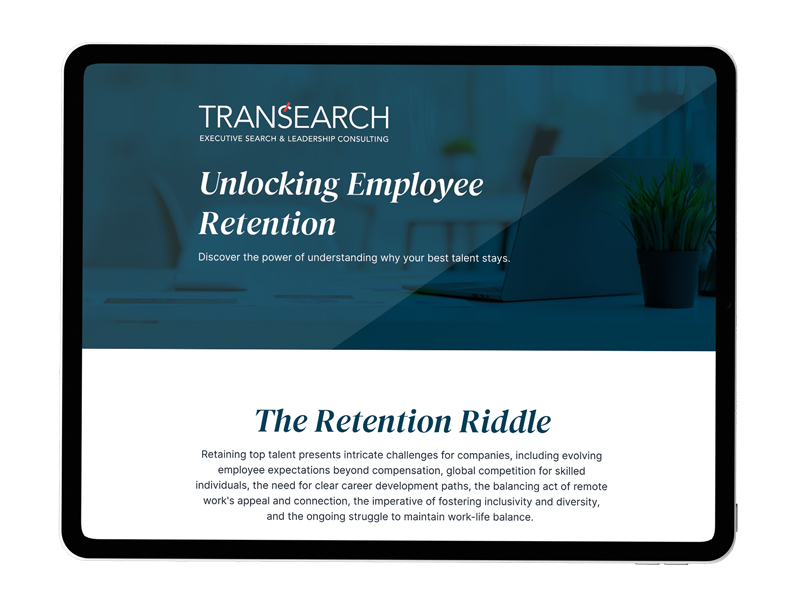This Two-part series features leading experts advising on challenges and coping strategies
It’s been a little over a year since workers transitioned en masse to making a living remotely and a staggering 40% of American adults are now grappling with at least one adverse mental health condition, according to the Centers for Disease Control and Prevention.
Research has directly linked the pandemic to:
- Worsening symptoms of anxiety and depression
- Difficulty sleeping and eating
- Increases in alcohol consumption and substance use
“I’m seeing exhaustion with a capital E,” said Vanessa Ruda, Ph.D., an organizational psychologist and senior partner with RHR International. Ruda recently co-facilitated a TRANSEARCH HR Roundtable where workforce mental health was discussed at length. “Being on screen all day in back-to-back meetings without a break takes away the natural ebbs and flows of life and that is fatiguing.”
Initially, the suddenly virtual workforce meant crucial in-person engagement with colleagues, family and friends was sadly missing, leading to isolation and confinement. Over time and compounded by social distancing restrictions, the dynamics intensified. With both spouses working from home, many children learning virtually and elderly loved ones requiring in-home care, people are facing daily ‘too close for comfort’ scenarios that are taking an emotional toll.
“For a lot of people, getting dressed up in the morning and heading to the office provided grounding and a sense of camaraderie being with colleagues; working on-site was in some ways a savior,” said Joan Zofnass, Ph.D., a psychotherapist and Head of Internal HR with Environmental Financial Consulting Group.
“Now, I have clients who are literally working in their bathrooms. There is definitely an uptick in divorce, emotional abuse and even physical abuse.”
Ruda, who works with numerous CEOs and top management teams and is also a faculty member of Northwestern University, offers practical advice to help leaders and workers manage the ongoing crisis.
“Checking in regularly with colleagues to see how they are doing is very important,” Ruda said. “I encourage everyone to find micro-moments to fill your cup – do something that makes you happy and rebuilds your energy. There’s no reason why you can’t walk and talk.”
Zofnass agrees, noting she has a treadmill desk and spends several hours a day literally walking while she works.
“When my clients see me do that or when workers see their boss at home with a dark barking or the kids running around, it’s like a microscope into who they really are, and that allows everyone on the team to feel more comfortable and work better together remotely.”
It’s integral for leaders to model behaviors that are expected and welcomed in the workplace, so team members who are suffering have a greater chance of recovery and success.
“I have a CEO I work with who opened up about their own personal challenges and showed a degree of vulnerability to employees,” Ruda related. “By doing so, they are inviting others to feel comfortable to do the same. When companies make it safe for employees to take care of themselves, there will be reciprocity and that enables people to not only feel better emotionally, but to work and perform well.”
Stay tuned for our next article which explores how people and their organizations can emotionally and mentally prepare for the reopening of work.





































































